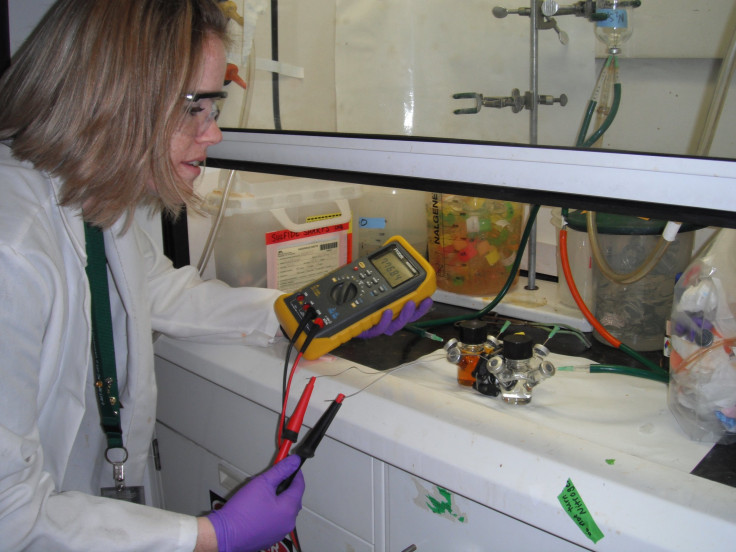How Did Life Occur On Earth Billions Of Years Ago? Fuel Cells May Have Answers: NASA

The mystery of how life arose from the inhospitable environment of early Earth billions of years ago remains unsolved, but a new study, conducted by NASA, tries to find an answer to the question by examining fuel cells.
In earlier studies, scientists simulated the conditions of an early Earth in test tubes, and even contrived to recreate some of life's basic ingredients. But, how those ingredients assembled into living cells, and how life was first able to generate energy, remain unknown. In the latest study, published in the journal Astrobiology on Thursday, the researchers used fuel cells -- found in specialized cars, planes and NASA's manned spacecraft -- to test chemical reactions thought to have led to the development of life.
“Something about Earth led to life, and we think one important factor was that the planet provides electrical energy at the seafloor,” Laurie Barge of NASA's Jet Propulsion Laboratory in Pasadena, Calif., said in a statement. “This energy could have kick-started life -- and could have sustained life after it arose. Now, we have a way of testing different materials and environments that could have helped life arise not just on Earth, but possibly on Mars, Europa and other places in the solar system.”
In both fuel and biological cells, electrons are transferred from one molecule to another, resulting in electricity and power. In order for a fuel cell to work, it needs power from sources such as hydrogen gas, along with electrodes and catalysts, which help transfer the electrons. In biological cells, organic catalysts transfer electrons and generate energy for life.
In the new study, the fuel-cell electrodes and catalysts are made of primitive geological material, such as those containing iron and nickel, which are thought to have existed on early Earth. If this material helps transfer electrons, the scientists can observe an electrical current, allowing them to better understand the chemistry that might have taken place when life first arose on Earth.
The researchers also tested material from little lab-grown “chimneys,” simulating the huge structures that grow from the hydrothermal vents found on ocean floors. According to the researchers, these “chemical gardens” are possible locations for reactions that took place before the creation of life.
When the team used material from the lab-grown chimneys in the fuel cells, electrical currents were detected. Barge said this preliminary test showed that the hydrothermal chimneys formed on early Earth could transfer electrons, and therefore, may have driven some of the first energy-producing reactions leading to the chemical processes that occur within a living organism in order to sustain life.
“We can just swap in an ocean and minerals that might have existed on early Mars,” Barge said. “Since fuel cells are modular -- meaning, you can easily replace pieces with other pieces -- we can use these techniques to investigate any planet’s potential to kick-start life.”
© Copyright IBTimes 2024. All rights reserved.






















